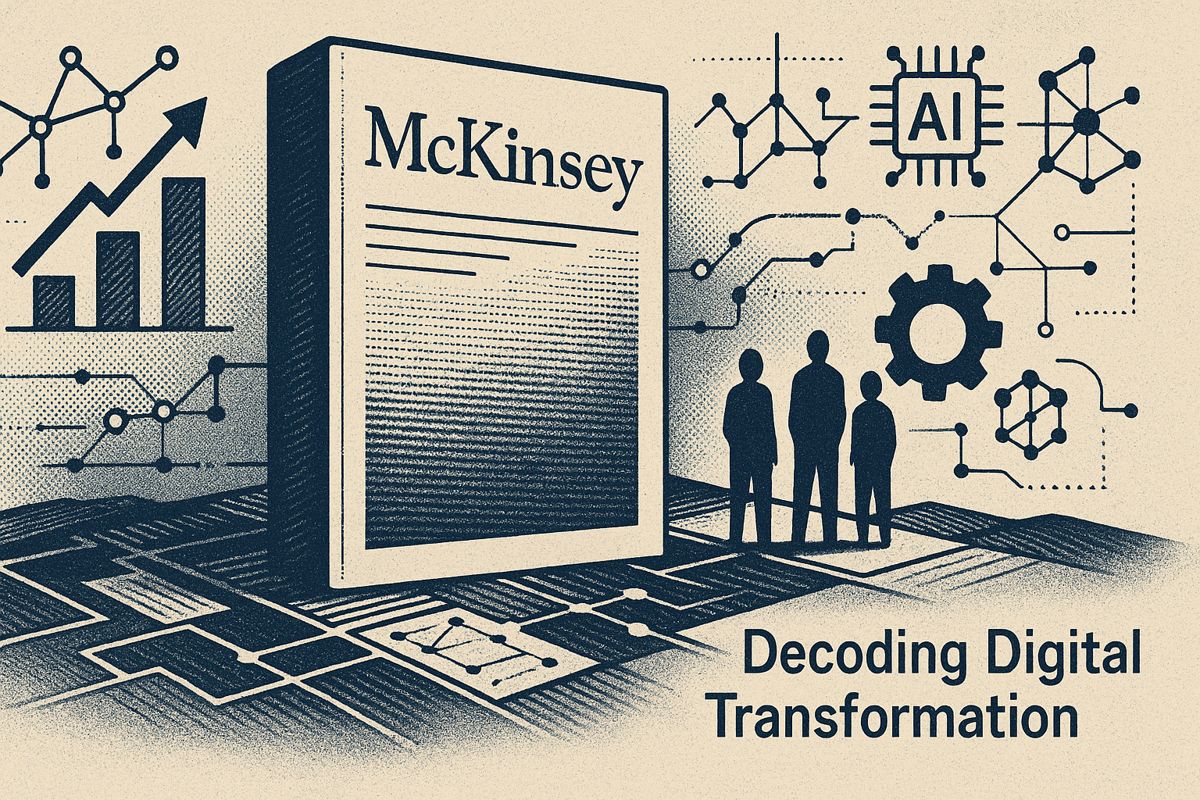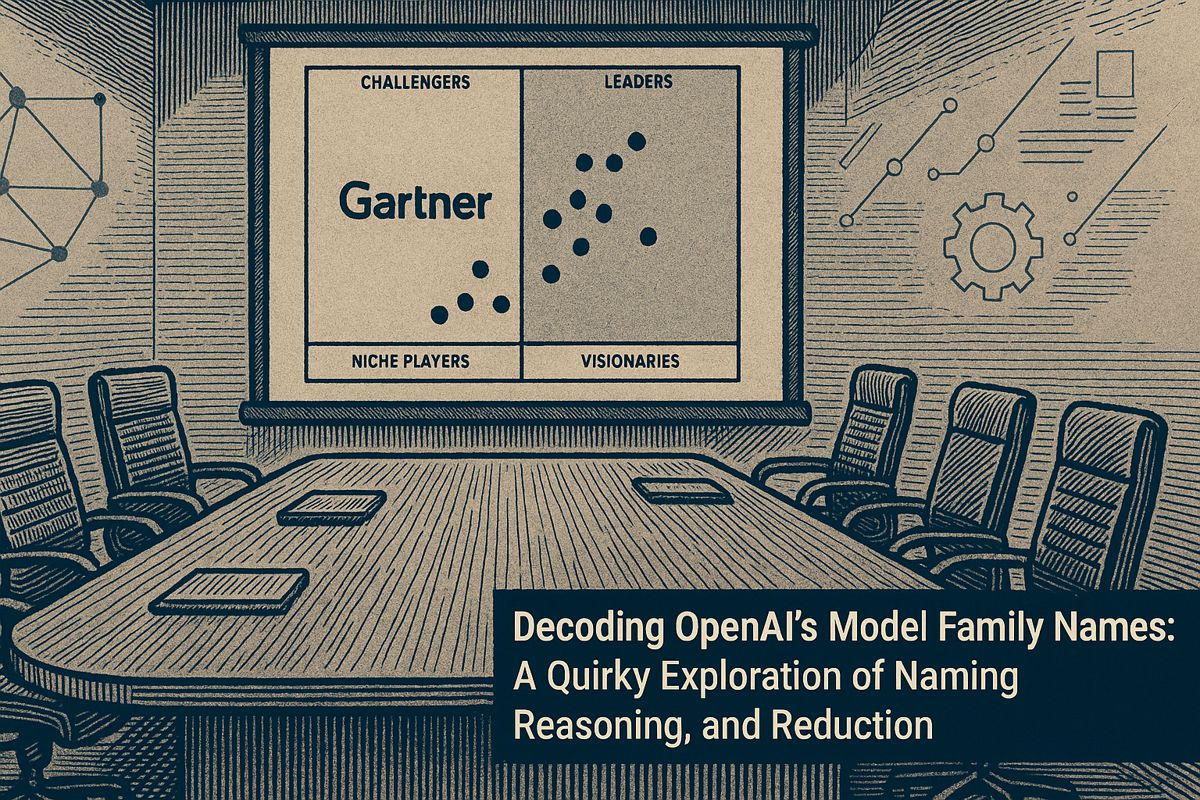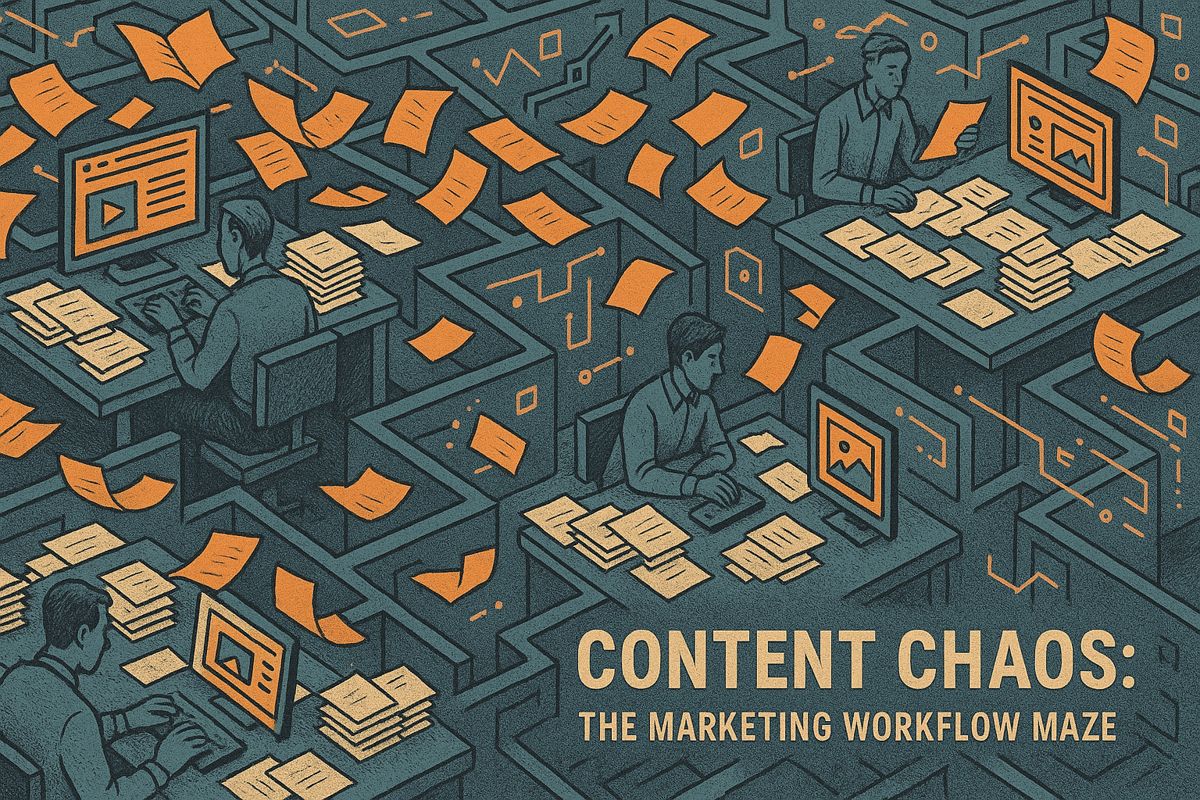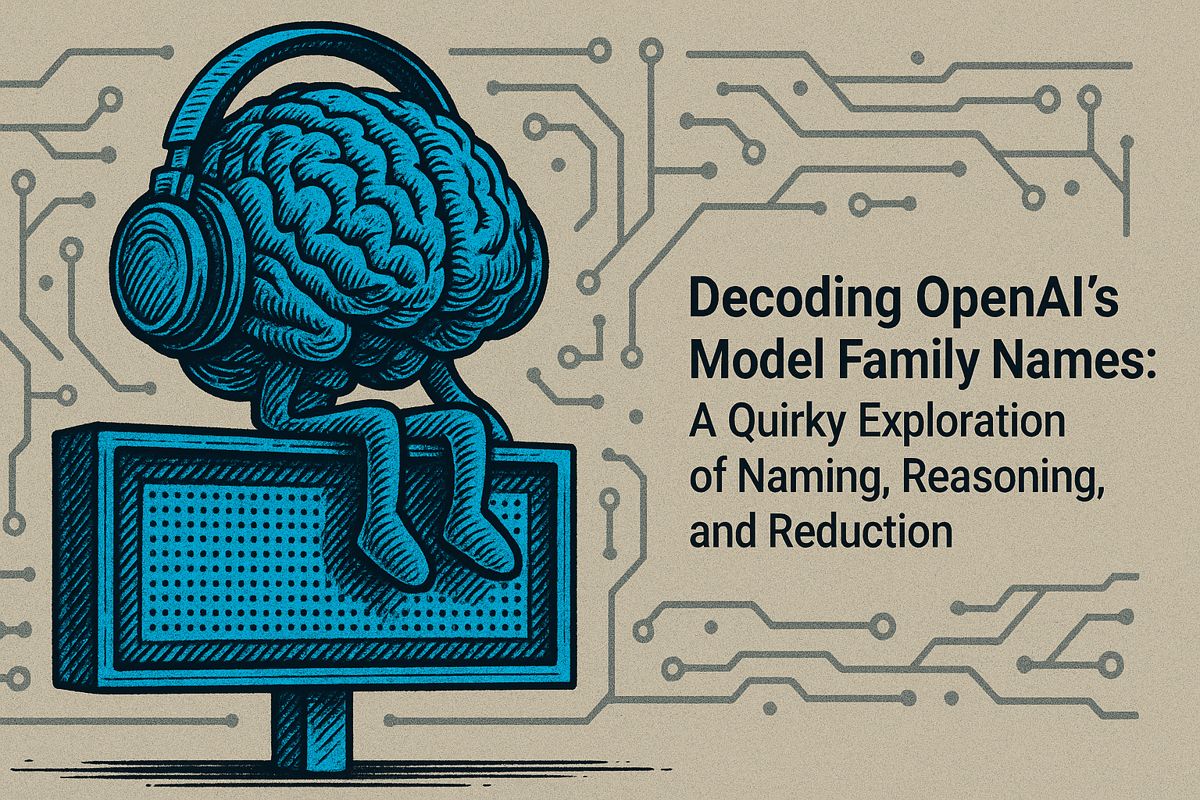Here’s the text with the most important phrase emphasized in markdown bold:
McKinsey’s 2024 operating model revolutionizes digital transformation by focusing on agile, data-driven teams that can quickly adapt to technological changes. The approach prioritizes customer experience, empowers small cross-functional groups, and embeds advanced analytics into organizational processes. Leaders shift from traditional hierarchical structures to coaching roles, enabling faster decision-making and more flexible workflows. This model recognizes that successful digital transformation requires not just technological upgrades, but fundamental changes in organizational culture and behavior. By breaking down complex challenges into manageable pieces and continuously tracking performance, companies can close the gap between strategic vision and actual results.
What Is McKinsey’s New Operating Model for Digital Transformation?
McKinsey’s 2024 operating model focuses on agile, cross-functional teams powered by data and AI. Key elements include empowering small teams, embedding advanced analytics, prioritizing customer experience, and creating a flexible organizational structure that can rapidly adapt to technological changes.
The Messy Truth Behind Transformation
Sometimes, scrolling through one of those dense McKinsey PDFs, I’ll get sidetracked by a memory rather than a buzzword. Like the time a project manager friend phoned me, voice barely above a whisper, frantic because her digital transformation roadmap had turned into a tangled plate of spaghetti. “Where do I even start?” she pleaded. If only she’d had this: McKinsey’s newly unveiled operating model framework for digital transformation and AI adoption. It’s not just a fleeting LinkedIn trend – the ideas here have clearly been simmering for ages, absorbing the spice of real organizational battle scars.
The first time I saw something like this attempted, it was at a major life sciences company in 2021. Six thousand leaders, suddenly asked to trade commands for coaching, shifting overnight from hierarchies to squads. The air in those training rooms was thick – fluorescent lights humming, the sharp tang of burnt coffee clinging to every hope and doubt. What emerged? Not a fairy tale. But over months, that glacial bureaucracy found an unlikely quickness, all thanks to a stubborn reimagining of priorities and relentless (sometimes painful) data tracking.
McKinsey’s latest playbook distills their findings into a strategy built for turbulent times. Is it foolproof? No – but it’s refreshing to see specifics instead of hand-waving. In 2024, 757 executives told McKinsey that scaling tech-driven operating models, especially those underpinned by AI and automation, is the new default for closing the gap between bold strategy and disappointing results. And that gap? It’s been a chasm for decades.
The Backbone: Six Building Blocks and the AI Surge
Let’s break down what McKinsey’s actually preaching, because jargon is the enemy of getting things done. Their model pivots on small, agile, cross-functional teams. Gone are the days of top-down pyramid charts; in their place, clusters of experts empowered to make quick, informed decisions. Leaders act less like imperial generals and more like seasoned coaches – setting vision, not suffocating autonomy.
What really stands out in the 2024 report is how deeply data-driven processes are woven into these new models. Imagine a company’s nervous system – not just transmitting signals, but interpreting them on the fly, thanks to advanced analytics and machine learning. SAP and Google Cloud, two titans in this arena, are already embedding this thinking into their client work. The sensory detail? You can almost hear the click and whir of automated workflows replacing old-school, manual approvals.
Customer-centricity gets elevated from platitude to principle. Every digital initiative must map back to measurable improvements in customer experience. I’ve seen teams obsessively dissect customer journeys on whiteboards, sticky notes curling at the edges by day three, until real pain points become impossible to ignore. And the data supports this obsession: organizations that execute these overhauls see decision-making speed multiply five to ten times, and employee engagement jump by up to 30 percentage points. That’s not consultant theater – that’s survival.
AI in the C-Suite and the Maturity Maze
Nothing signals the new era more than the rise of the Chief AI Officer. I’ll admit, when I first heard 38% of surveyed execs planned to create this role, I laughed – another title for the business card graveyard? But, no, it makes a weird kind of sense. As AI evolves from flashy demo to the engine inside the enterprise, someone needs to own the roadmap, the risks, and, inevitably, the “why did our chatbot order 1000 pizzas?” moments.
McKinsey’s maturity model, sprawling across 17 dimensions, could make your eyes glaze over. But used well, it’s more stethoscope than straightjacket: it forces leadership teams to identify which organs—agility, purpose, or team empowerment—aren’t pumping blood. I’ve been guilty of skipping this step myself, only to watch projects stall out, lost in a fog of “almost there” promises. Lesson learned. Now I dig into the granular benchmarks, even if that means admitting we’re not as far along as we hoped.
A story from a financial services client comes to mind: they threw out legacy structures and rebuilt eleven operating model elements from scratch. It wasn’t pretty at first, with confusion and even anger buzzing through Slack threads like wasps. But when the dust settled, their key performance indicators showed gains that even skeptics had to respect. You don’t forget that feeling – relief, yes, but also a little awe at what’s possible when the old rules get rewritten.
Why Most Transformations Fail (and How to Dodge That Fate)
A sobering truth: most digital transformations stall out. It’s like watching a 4K movie buffer endlessly – big promises, constant loading, no progress. McKinsey finds that grand ambitions collapse when teams are forced to march in lockstep, or when the roadmap is just a list of buzzwords. The fix? Break the mountain into boulders. Let small, nimble teams tackle bite-sized digital products. It’s not glamorous, but it works.
The data insists on a holistic approach. Focusing only on technology leaves you paving a road to nowhere. Culture, incentives, and organizational behavior must change as much as the tech stack. I still recall the smell of red dry-erase markers during a marathon strategy session – our team wrestling with the idea that leadership needed to do less telling and more listening.
Reflecting on all this, I admit I used to believe in “transformation” as a quick fix, a magic wand. I don’t anymore. Now, I see it as careful gardening: tough soil, unpredictable weather, sometimes a glorious bloom. If you’re standing



















